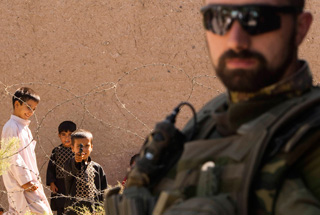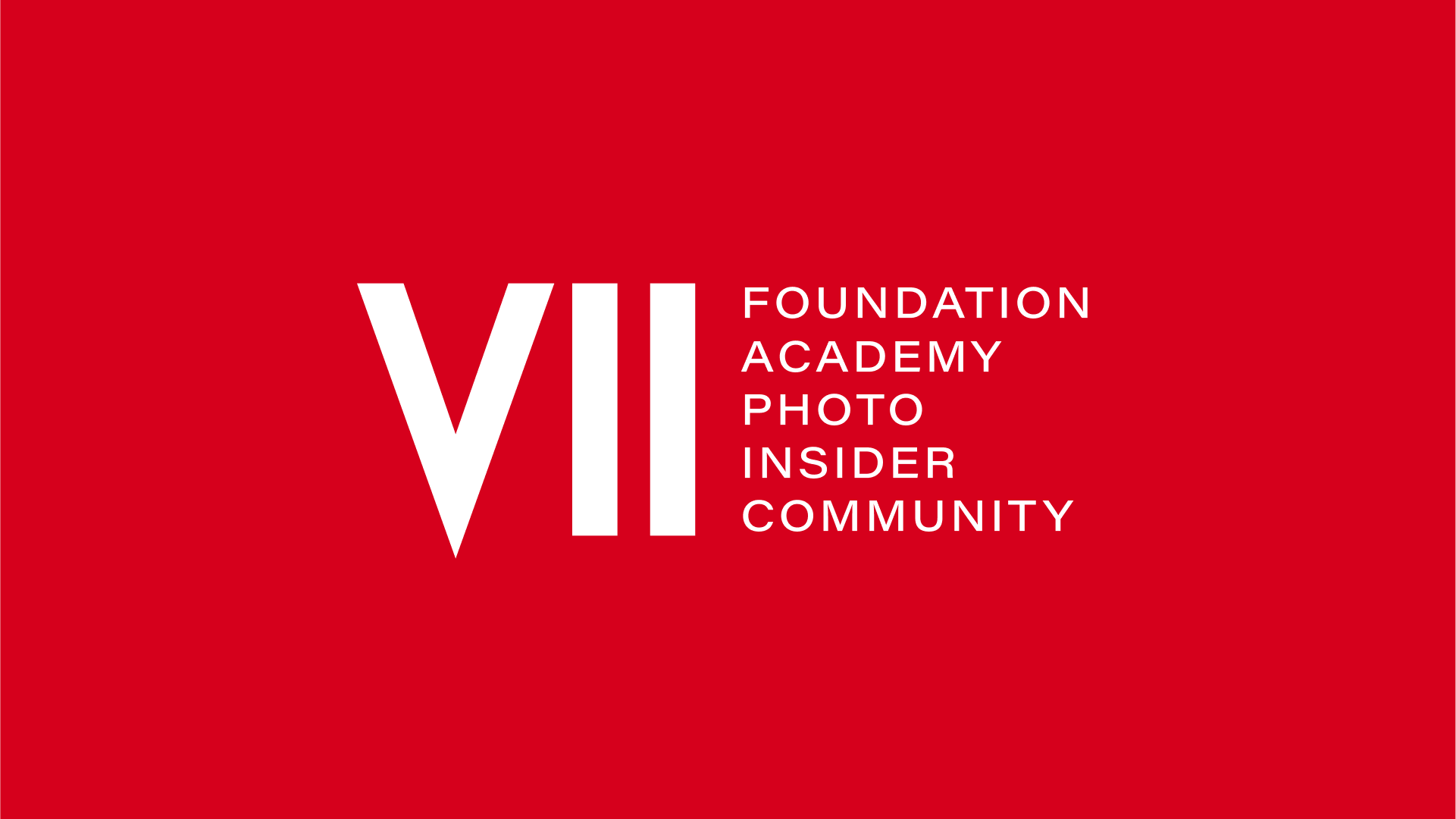LUCEO will be documenting the decline of small town America as a group project over the coming year.
Category: Portfolios & Galleries
-
In My Back Yard: Sin and Salvation in the Mississippi Delta | Luceo Images
In April I was sent to Mississippi along with National Geographic writer Joel Bourne and LUCEO partner, audio guru Brad Horn for a fascinating story assigned by the AARP Bulletin. We spent three days in Jackson, Belzoni and finally for a short four hours, the Baptist Town neighborhood in the historic blues community of Greenwood. Joel had told Brad and me about Baptist Town as he visited the day before, and as soon as we set foot in town we knew he was right. It was magic.
-
Zholtye Vody – VII The Magazine
Donald Weber takes a heart wrenching look at the city of Zholtye Vody in Ukraine. Located near two nuclear waste sites and an enrichment factory in the hub of the Soviet Union’s uranium mining and enrichment area, the homes were built using highly contaminated materials. With a higher radiation level than Chernobyl, over half the population of 60,000 people suffer from some sort of radiation sickness.
-
In My Back Yard: In My Grandfather’s House | Luceo Images
I am so happy to have photographs of my grandfather with his first great grandchild. They will serve as the key to Madelyn’s memory of him. Below a journal entry I found from the last time I saw my grandfather and a few photographs from that visit, nearly three years ago. Please forgive this self-indulgently loose edit of family photos. A scrapbook if you will.
-

Stanley Greene’s Redemption and Revenge – Lens
Stanley Greene’s Redemption and Revenge
In his pictures and his words, Stanley Greene is outspoken. Michael Kamber interviewed this freewheeling figure.
via Lens Blog: https://archive.nytimes.com/lens.blogs.nytimes.com/2010/07/22/shoptalk-7/
I wanted to set the record straight. I kept hearing people say, “Chechnya was when you really started to be a photographer.” And that’s not true. I was shooting back at the Berlin Wall, but nobody knew about it. I fell through the cracks. I wanted a way to say that my influences are not the ones you think they are. They are about painting. They are about music. They are about other things. The way I’ve been shooting really hasn’t changed since back in the ’70s, before all these new photographers emerged. My old work, like rock and roll, really nails it.
-
Joachim Ladefoged's Albanians – VII The Magazine
With the July 22 decision by the World Court in the Hague that Kosovo’s unilateral secession from Serbia in 2008 did not violate international law, we thought it would be an opportune moment to look back at Joachim Ladefoged’s powerful body of work on the Albanians during the Serbian conflict from 1997 to 2000. During the war, some 12,000 people from Kosovo were killed, of whom 4,000-7,000 were Albanians, and up to 700,000 Albanians from Kosovo took refuge in the neighboring country of Albania.
-

Dave Anderson in New Orleans – Lens
Dave Anderson in New Orleans
John Schwartz tells why Dave Anderson decided the best way to cover the scope of Katrina was through a single city block.
via Lens Blog: https://archive.nytimes.com/lens.blogs.nytimes.com/2010/08/26/dave-anderson-in-new-orleans/
What can one block tell you about a devastated city?
Plenty, says Dave Anderson, 40, a photographer who chronicled the lives of people reclaiming their homes after Hurricane Katrina in the newly published “One Block: A New Orleans Neighborhood Rebuilds” (Aperture).
-
INTERVIEW: "Interview with Bruce Jackson" (2009)
Bruce Jackson was first drawn to work in prisons during the folk revival of the 1960s. Inspired by folk music collectors like the Lomaxes, he set out to capture work songs sung by African-American convicts, going first to Midwestern prisons when he was a graduate student in Indiana, and later to Texas state prisons while a fellow at Harvard. Over many years and in many prisons, he found and recorded the songs he was looking for, conversations with inmates, guards, and wardens, and thousands upon thousands of photographs.
-

Shooting Film in an Afghan Police Station – NYTimes.com
Shooting Film in an Afghan Police Station
Christoph Bangert wanted to try something new for portraits he was taking in Afghanistan. He used film.
via Lens Blog: https://archive.nytimes.com/lens.blogs.nytimes.com/2010/09/03/shooting-film-in-an-afghan-police-station/
Christoph Bangert took some highly unusual photographic accessories with him to Afghanistan earlier this year. He’d never used them professionally before. And their presence in his camera bag aroused the suspicion of more than one security guard.
They were rolls of Plus-X and Tri-X film.
-
l e n s c r a t c h: Sylvia de Swaan
A series of diptychs entitled “Sub-version” that explore the intersection between public and private domain, and how world events enter our lives no matter how far from the “action” we are. The first pictures for this project were taken on the morning of September 11, 2001, to conjoin the cataclysm emanating from my television, against the placidly sunny view outside my window in upstate New York.
-

Afghanistan, September, 2010 – The Big Picture
This month, Afghanistan held parliamentary elections with nearly 2,500 candidates for 249 seats. Turnout was very light under threat of violence from the Taliban, and accusations of fraud are widespread. Afghan President Karzai announced the formation of a 70-member peace council, a step towards formal discussions with the Taliban. And American and Afghan troops have now begun active combat in an offensive to drive the Taliban out of their strongholds surrounding the city of Kandahar, the birthplace of the Taliban. With 51 more coalition troops killed this month, the total number of deaths for coalition troops in 2010 reached 541 compared with 521 for all of 2009. Collected here are images of the country and conflict over the past month, part of an ongoing monthly series on Afghanistan. (47 photos total)
-

Photo Essay: Lord's Resistance Army, DR Congo by Marcus Bleasdale
VII Photo – VII Foundation
VII VII is synonymous with courageous and impactful journalism. In 2001, the dawn of the digital era enabled the creation of VII Photo Agency. It drove VII to prominence during the aftermath of 9/11, the war in Afghanistan, the invasion of Iraq, and the c
via VII Foundation: http://www.viiphoto.com/showstory.php?nID=1192
The rebel Lord’s Resistance Army and Joseph Kony, its messianic leader, have waged a campaign of massacres, torture, and abduction on civilians across Central Africa since the mid-1980s. Their 20-year bush war against the Ugandan government, which aimed to establish a theocracy based on the Ten Commandments, killed thousands and forced the displacement of around 2 million people.
-
Broken Manual « Alec Soth
Un-possible retour is a project in which I am reconstructing and re-photographing selected family photographs in the attempt to reconnect with the past. Drawing from a collection of family snapshots, I focus the attention sharply on the concept of aging while ensuring a consistency of location and use time as a collaborative partner, accepting its discrepancies and playing with the results.
-
Petit Le Mans: UGA Photojournalism Workshop | Luceo Images
I was inspired by the students’ energy and their creativity. I laughed a lot with the girls (there was only one male student) I got to know over the day. I pointed out new ways of seeing–layering images, shooting reflections, ways to give images more depth. I was absolutely thrilled to see some students taking chances and making images that were beyond the safe photos.
